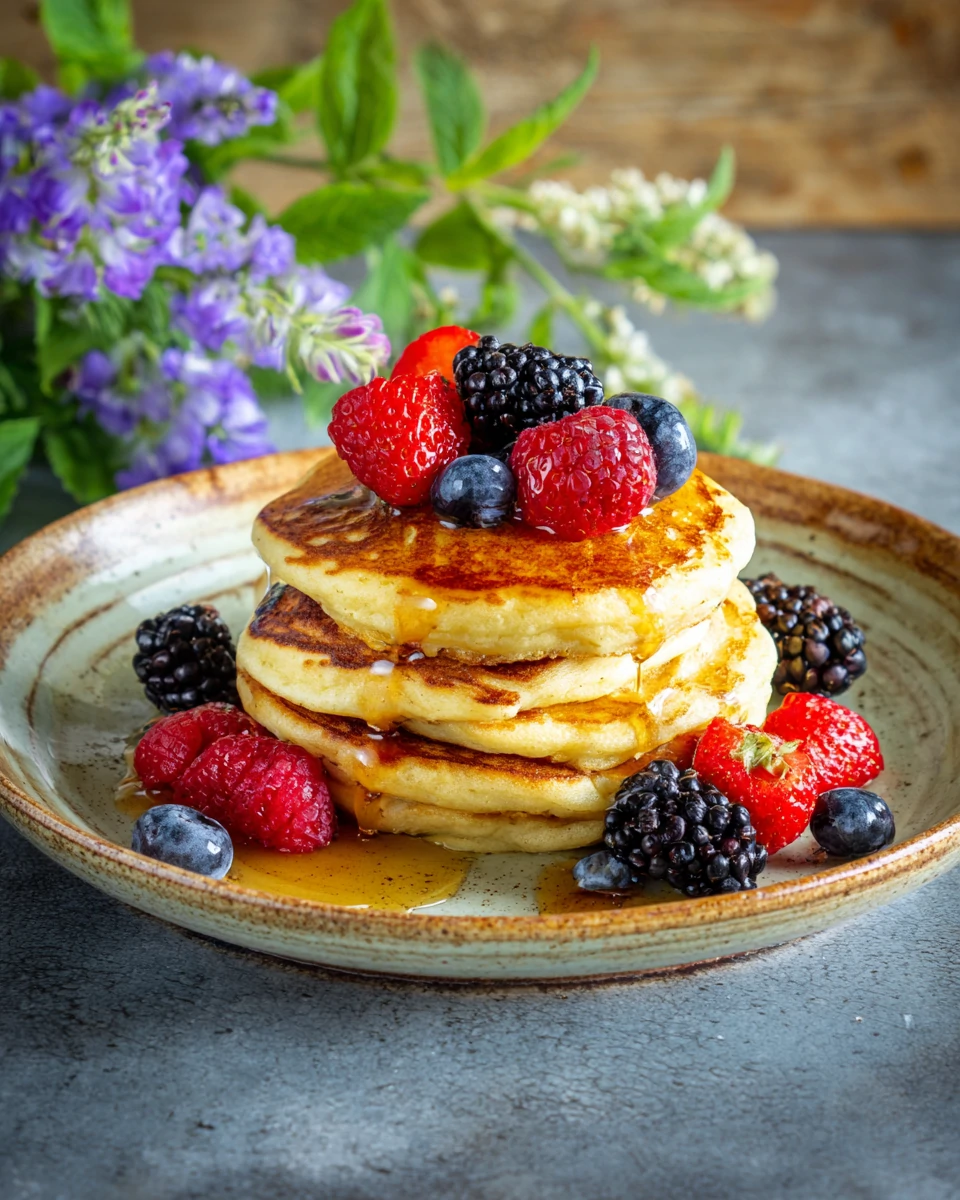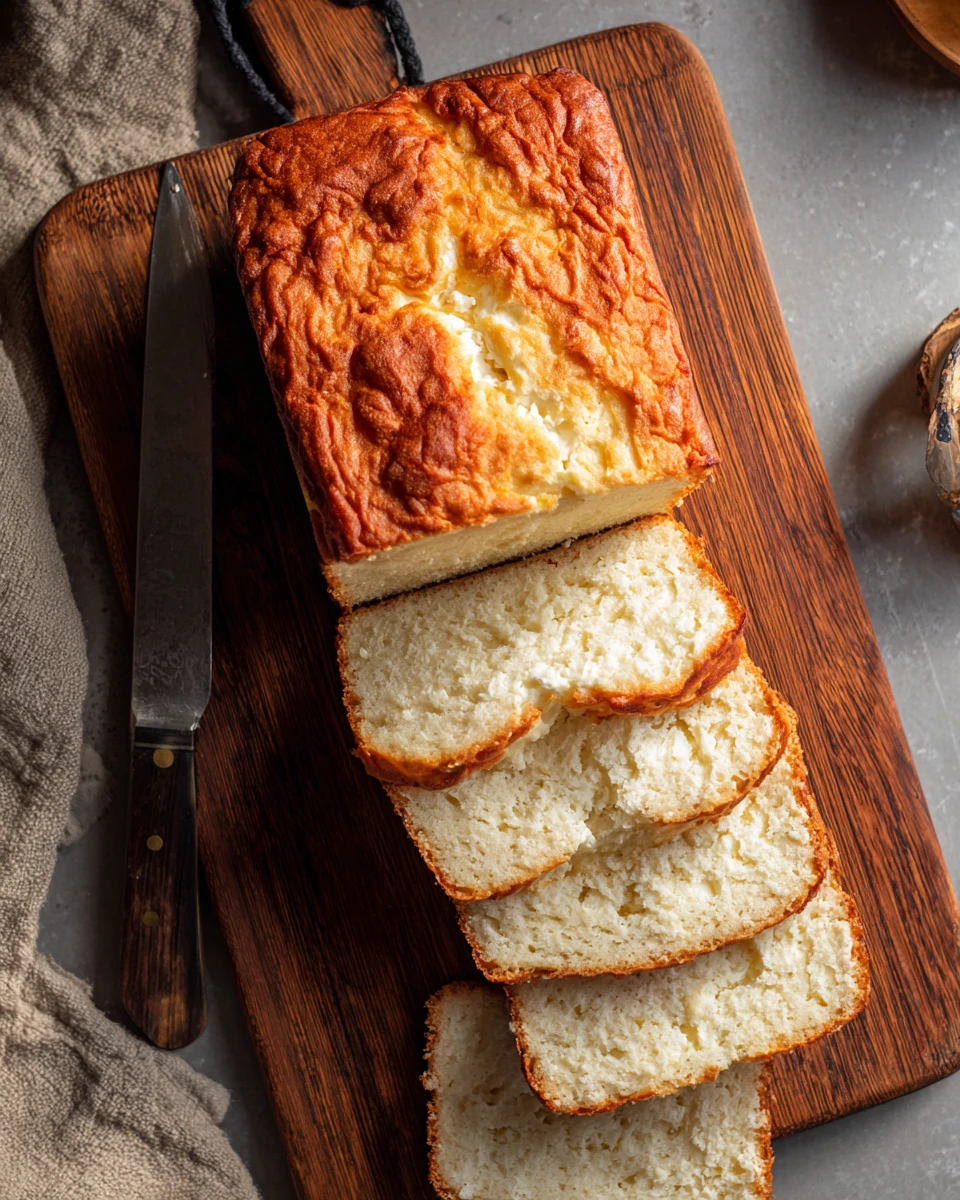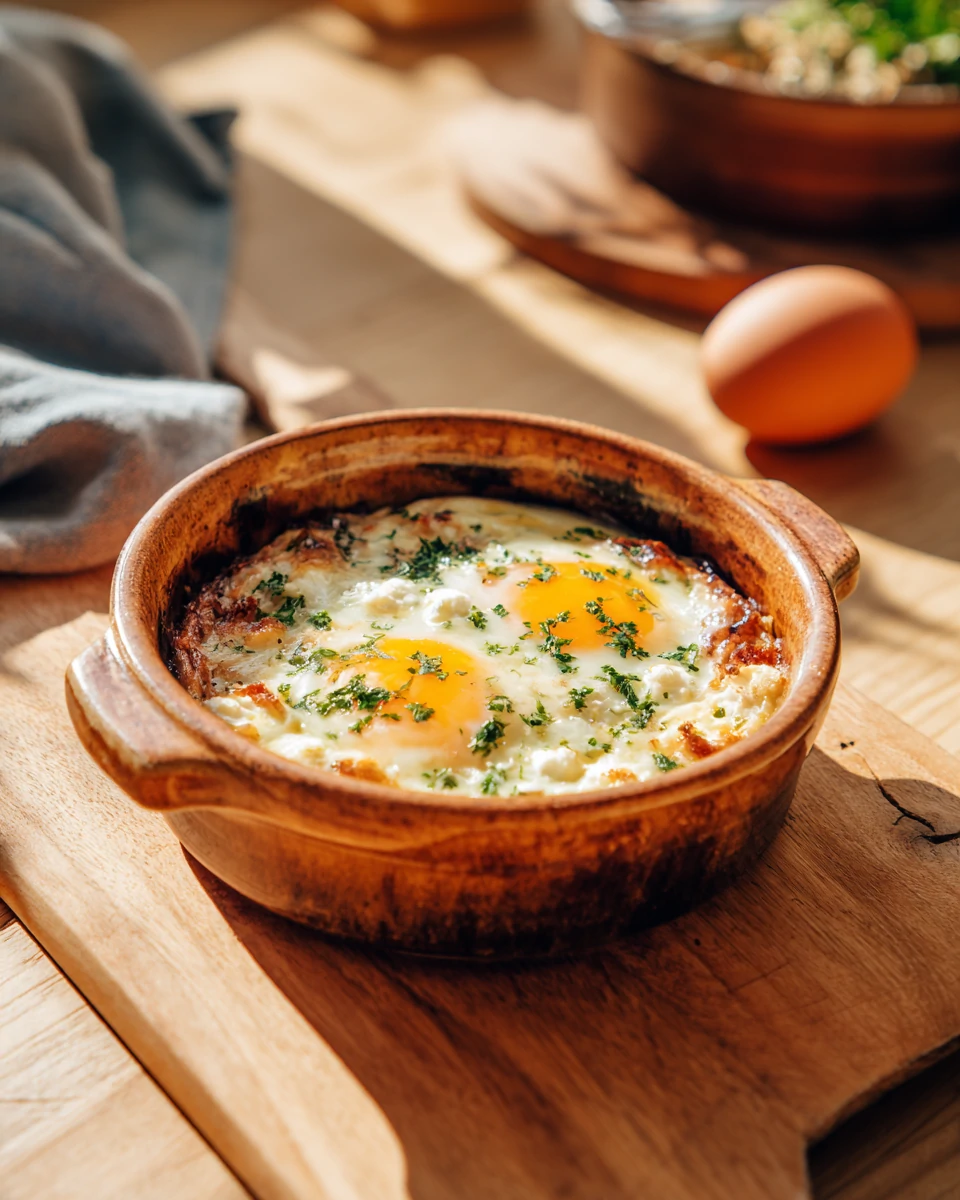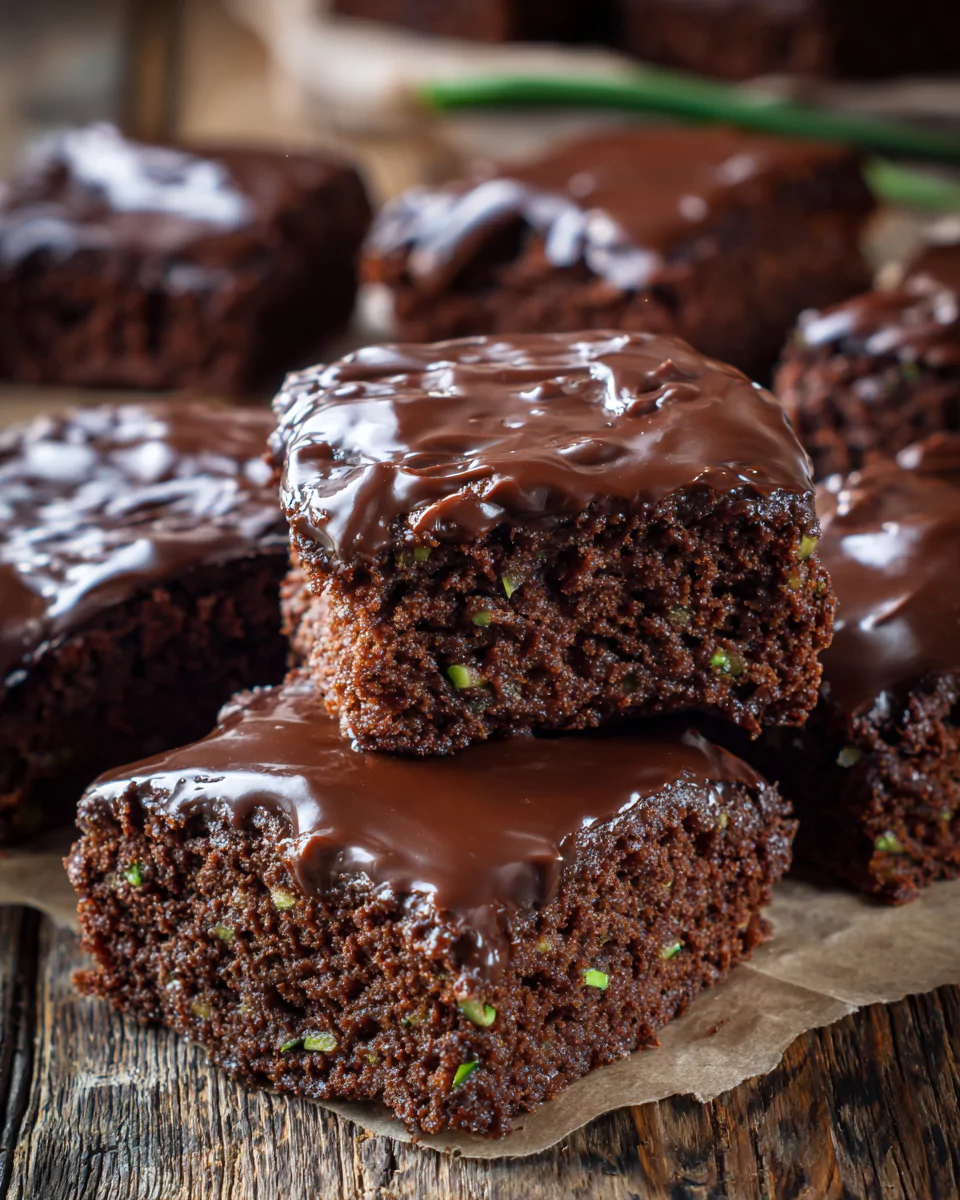Frittatas became a part of my weekend routine during those early parenting years. I’d stand over the stove on Sunday mornings, whisking eggs while the kids peeked into the oven, waiting for that golden puff of egg to rise. This dish always brought us together—it felt special without being fussy. That’s the magic of a classic frittata recipe: it turns everyday ingredients into something worth gathering around.
The first time I made one, I followed a very basic version with spinach, cheddar, and cherry tomatoes. I was hooked. Since then, I’ve tried dozens of variations, but the structure remains the same: beat your eggs, fold in cooked ingredients, and bake or finish under the broiler until just set. There’s no pressure to make it perfect—it always delivers.
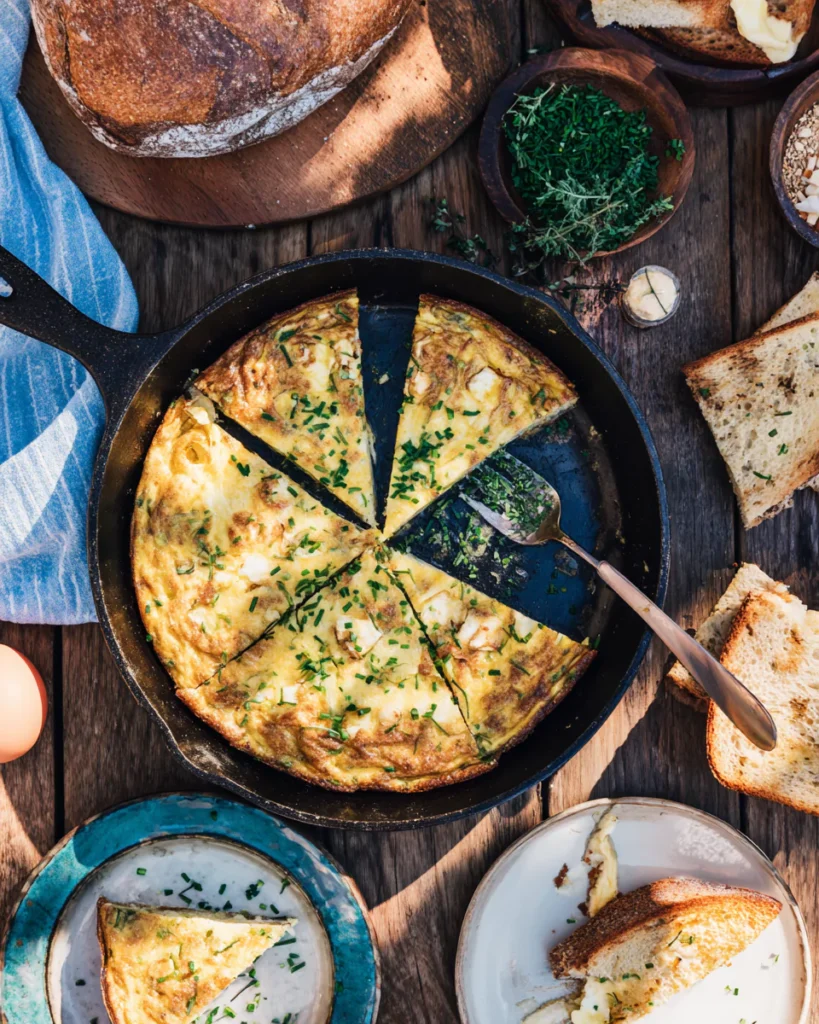
Table of Contents
Table of Contents
The Best Frittata Recipes Are the Ones You Make Your Own
A good frittata recipe doesn’t lock you into specific ingredients. If you’ve got eggs, some kind of dairy, and a few leftovers, you’re halfway there. It’s a go-to meal for when you need something quick, hearty, and flexible. You can make it vegetarian, gluten-free, or protein-packed depending on what you toss in. That’s what makes it so ideal for busy families like mine.
Our Meat Lovers Frittata Recipe is the one I turn to when we’ve got sausage and bacon to use up. And for quick weekday breakfasts, Mini Frittata Muffins are always stocked in the fridge. They reheat beautifully, fit into lunchboxes, and make mornings smoother.
Once you know the method, you’ll never feel stuck at breakfast or dinner again. Let’s move into the step-by-step process of building your perfect frittata recipe from scratch.
How to Make a Frittata Step by Step Like a Pro
Print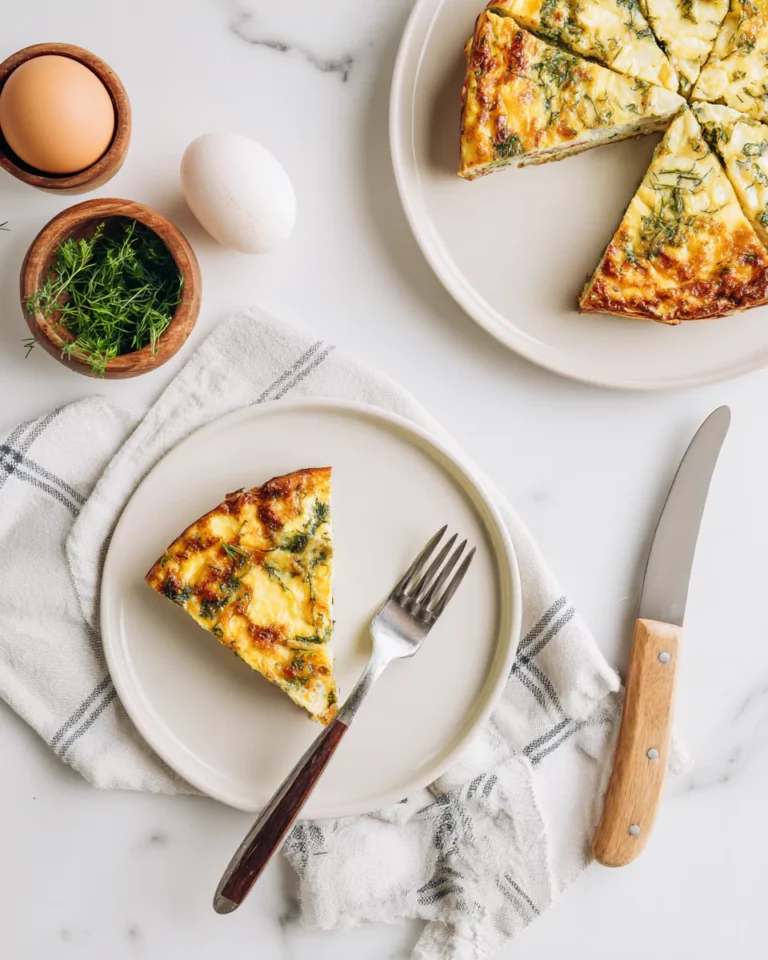
Frittata Recipe – Your Ultimate Guide to the Perfect Egg Dish
This easy frittata recipe is a perfect dish for breakfast, brunch, or even dinner. With just eggs, cheese, and your favorite mix-ins, you’ll have a warm and satisfying meal ready in no time.
- Total Time: 30 minutes
- Yield: 4 servings 1x
Ingredients
6–8 large eggs
1/4 cup milk or heavy cream
1 cup sautéed vegetables (spinach, bell peppers, onions)
1/2 cup shredded cheese (cheddar, feta, goat cheese)
1/2 tsp salt
1/4 tsp pepper
1 tbsp olive oil or butter
Instructions
1. Preheat oven to 350°F (175°C).
2. In a mixing bowl, whisk together eggs, dairy, salt, and pepper.
3. In an oven-safe skillet, heat oil and sauté vegetables until tender.
4. Spread the vegetables evenly, then pour the egg mixture over them.
5. Sprinkle cheese on top and let cook for 2–3 minutes on stovetop.
6. Transfer skillet to oven and bake for 12–18 minutes or until the center is set.
7. Let the frittata rest for 5 minutes before slicing and serving.
Notes
Use room temperature eggs for better texture.
Don’t overbake—frittata should be just set in the center.
Store leftovers in an airtight container for up to 4 days.
Reheat slices in microwave or toaster oven until warm.
- Prep Time: 10 minutes
- Cook Time: 20 minutes
- Category: Breakfast, Brunch
- Method: Baked
- Cuisine: American
- Diet: Vegetarian
Nutrition
- Serving Size: 1 slice
- Calories: 210
- Sugar: 2g
- Sodium: 310mg
- Fat: 15g
- Saturated Fat: 6g
- Unsaturated Fat: 8g
- Trans Fat: 0g
- Carbohydrates: 4g
- Fiber: 1g
- Protein: 12g
- Cholesterol: 220mg
The Basic Frittata Method That Works Every Time
Making a frittata is simpler than it seems—and once you know the steps, you’ll never forget them. Start by preheating your oven to 350°F. While it heats, whisk together 6 to 8 large eggs in a mixing bowl with a splash of milk or cream (more on that below). Season well with salt and pepper.
Next, choose your fillings. Cook any raw ingredients first—like onions, peppers, or mushrooms—right in an oven-safe skillet. Once everything’s tender and slightly caramelized, spread it evenly across the pan. Pour your whisked eggs over the top, gently stirring once to distribute. To ensure the edges firm, simmer it on the stovetop for two to three minutes without stirring. Once the middle is just firm, bake the entire pan in the oven for 12 to 18 minutes.
The result? A fluffy, golden frittata with creamy eggs and rich flavor. If you’d like more details, I’ve broken down the exact How to Make a Frittata in a standalone guide.
Best Ingredients to Use in Any Frittata Recipe
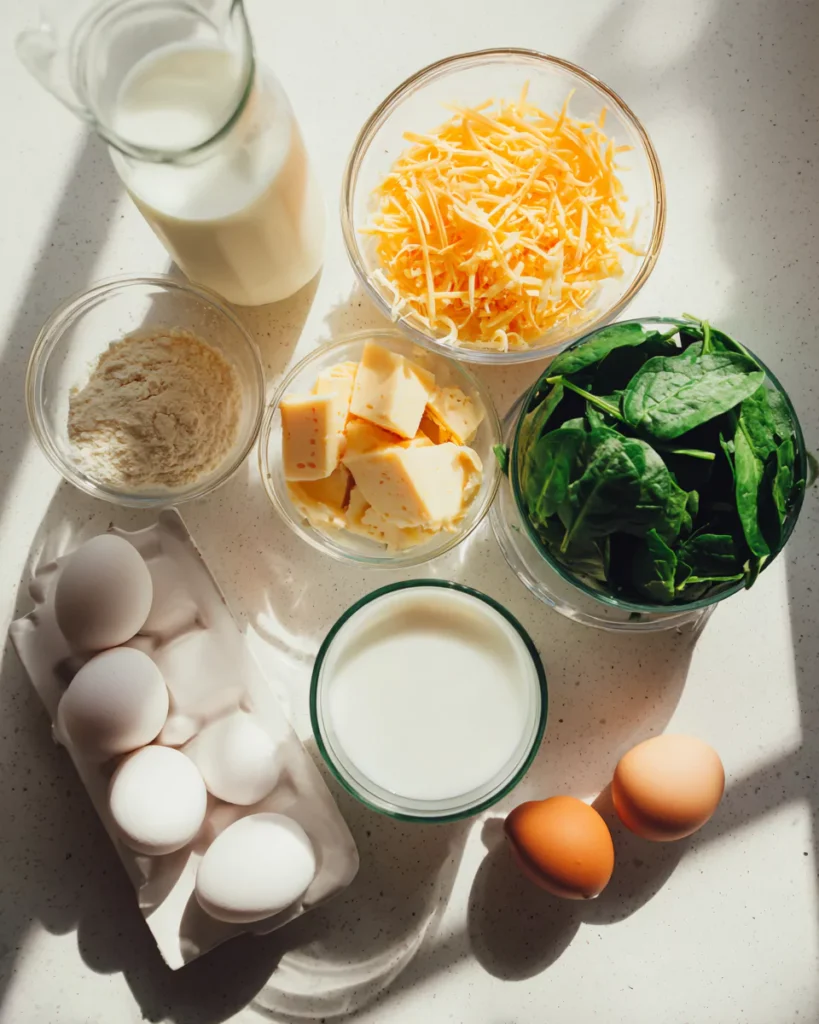
What you add to your frittata matters. You want a balance of moisture, flavor, and texture. Start with your dairy choice—milk or cream—and then add cheese (feta, cheddar, goat cheese) and vegetables or meats. Here’s a simple comparison of the two main dairy options:
| Liquid | Texture | Flavor |
|---|---|---|
| Milk | Light and airy | Mild |
| Heavy Cream | Rich and dense | Buttery |
For a balanced bite, I always use a ratio of 1/4 cup dairy per 6 eggs. Need inspiration? Our Spinach and Feta Frittata offers a simple yet flavorful vegetarian combo.
Next up: we’ll get into the secrets to a perfect texture and how to avoid the most common frittata fails.
Frittata Recipe Tips for Perfect Texture and Flavor
The Secret to a Good Frittata? It’s in the Prep
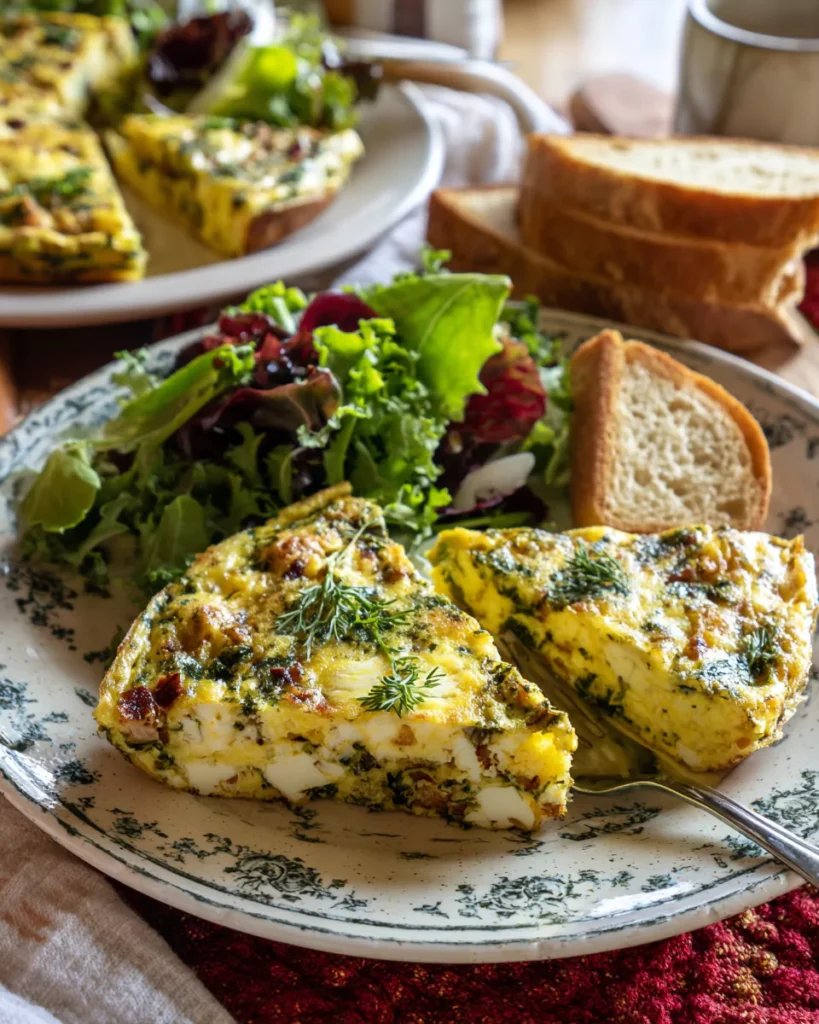
A truly great frittata isn’t just about ingredients—it’s about technique. And the secret? Whisk your eggs longer than you think. This adds air, which helps create that fluffy, tender bite every time. Room-temperature eggs also make a noticeable difference in how evenly the frittata cooks.
Another key: cook your fillings first. Vegetables release moisture as they cook, and if you toss them in raw, your frittata will turn watery. Lightly sautéing them before adding eggs keeps the final texture creamy but not soggy.
Use the right pan too—an 8- to 10-inch oven-safe nonstick or cast iron skillet gives the frittata the height and structure it needs. For those who love a bit of bite in each slice, check out our Baked Cottage Cheese Eggs for a protein-forward option with a light texture.
Avoid These Common Mistakes That Ruin Texture
The most frequent cause of a rubbery frittata is overcooking. When the center is just set, you want to remove it from the oven. While it rests, it will continue to cook for another minute or two. Cutting into it too soon? That’s another mistake. Letting it cool for 5–10 minutes helps the structure settle, which means clean, intact slices.
Also, resist the urge to overload it. While it’s tempting to throw in all the leftovers from your fridge, too many mix-ins can overwhelm the eggs. Stick to about 1 to 1.5 cups of cooked ingredients per 6–8 eggs.
For an example of balance done right, our Meat Lovers Frittata Recipe nails that perfect mix of eggs, cheese, and protein. Next, let’s dive into how frittatas compare to omelettes—and all the creative ways you can serve them.
How to Store and Reheat Your Frittata
Once your frittata is cooled, it stores beautifully for future meals. Let it cool completely, then transfer slices to an airtight container. You can refrigerate it for up to 4 days without sacrificing taste or texture.
To reheat, pop a slice into the microwave for 30 to 60 seconds, or warm it in a toaster oven until heated through. It’s a quick, satisfying option for breakfast, lunch, or even a weeknight dinner.
Frittata Recipe Questions and Easy Variations to Try
Frittata vs. Omelette: What’s the Real Difference?
It’s easy to confuse a frittata with an omelette—they’re both made from eggs, cooked in a pan, and filled with delicious add-ins. But their methods and textures set them apart. Here’s a quick side-by-side to make it crystal clear:
| Frittata | Omelette |
|---|---|
| Eggs are baked or broiled after a short stovetop cook | Fully cooked on the stovetop |
| Fillings are mixed into the eggs | Fillings are folded inside after cooking |
| Served sliced, like a pie | Served folded in half |
Both are great, but a frittata is better suited for meal prep, group serving, and showcasing a variety of mix-ins.
Flavor Variations and Sides That Pair Perfectly
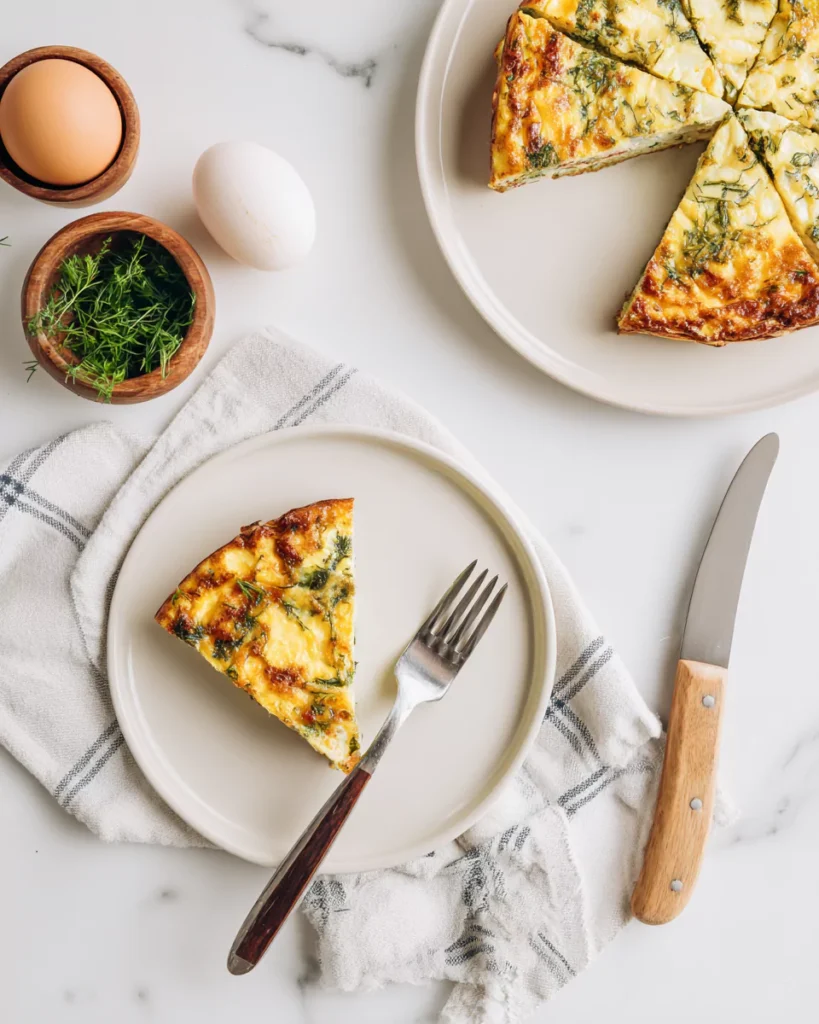
Once you’ve mastered the base recipe, it’s time to play. Frittatas are really versatile; you can change up the contents according to the season or what you happen to have on hand. Crumbled goat cheese and sun-dried tomatoes? Delicious. Roasted zucchini and sharp cheddar? Yes, please.
Try incorporating cooked quinoa or sweet potatoes for added texture. And don’t forget fresh herbs like dill, basil, or parsley at the end—they brighten everything up.
Frittata goes well with something fresh on the side. I frequently serve ours with roasted vegetables or a straightforward Easy Peach Salad. When I want to double down on cozy, Asparagus Mushroom Red Pepper Pasta makes it a full dinner.
Frequently Asked Questions About Frittata Recipes
What is the secret to a good frittata?
Whisk your eggs thoroughly, use fresh ingredients, and cook your fillings beforehand. A splash of cream helps with richness, and cooking low and slow prevents over-drying.
What’s the difference between a frittata and an omelette?
A frittata is thicker, baked or broiled, and served in wedges with ingredients mixed in. An omelette is thinner, cooked quickly on the stovetop, and folded around its fillings.
Is heavy cream or milk better for a frittata?
Heavy cream gives a richer, custard-like texture. Milk makes the frittata lighter and fluffier. Both work, so it depends on your preference.
How to make a simple frittata?
Beat 6–8 eggs with 1/4 cup milk or cream, add cooked fillings like veggies or meat, and bake in a skillet at 350°F until set—usually 18–20 minutes. That’s it!
Conclusion
Frittatas are the kind of recipe every home cook should have up their sleeve. They’re versatile, delicious, and perfect for using what you already have in the fridge. Whether you’re making brunch for a crowd or prepping easy weekday meals, this frittata recipe is your new go-to. From cheesy veggie combos to hearty meat-packed versions, the options are endless—and always satisfying.
If you loved this guide, be sure to check out our Spinach and Feta Frittata, Mini Frittata Muffins, and How to Make a Frittata for more frittata inspiration.
For More recipes Follow me on Facebook!

